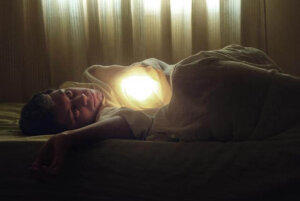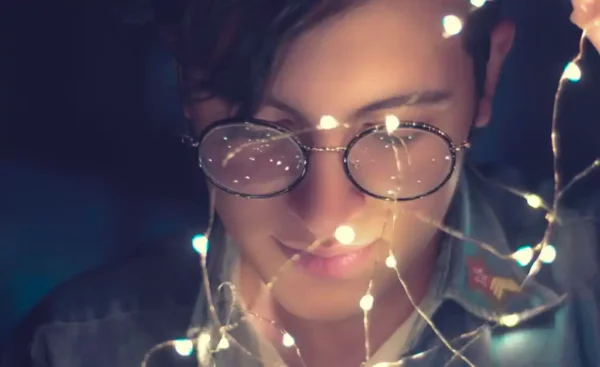The Intensity of Light Affects Your Emotions


Reviewed and approved by the psychologist Gema Sánchez Cuevas
Light is one of those elements in the environment that’s always simply there in the background. You know that you need a lot of light when you want to read, take a picture, or look at something in detail. In the same way, you know that you want darkness when you go to sleep, or have a bad headache.
Shadows suggest the mysterious and the romantic. The lights of dawn or dusk are evocative. The smallest glimmer of light can show you the way. In short, light is always there, telling us something.
However, what you may not know is that light has an impact on the way you emotionally perceive reality. It also has a strong influence when you make decisions. Indeed, the intensity of light affects your emotions.

The intensity of light affects your emotions
It’s been proven that illuminated and bright environments make your emotions flow with greater intensity. In this respect, a group of researchers at the University of Toronto measured the reactions of a group of people to light-filled environments. They were able to verify that, the more the lighting increased, the stronger were the emotions. Furthermore, some participants became aggressive when the light was more intense.
It seems that people perceive an increase in light with a parallel increase in temperature. Experts have named this reaction ‘the glow effect’. In fact, the combination of light and heat makes emotions come alive.
Lighting by itself doesn’t rise to new emotions but stimulates the existing ones, making them more pronounced and visible.
The practical effect of this discovery was that extremely bright environments are more conducive to carrying out activities in which emotions play a predominant role. For example, a family reunion or meeting old friends.
On the other hand, if the situation demands the making of rational decisions, requiring a cool head, it’s best to close the blinds or curtains a little. That’s because a less illuminated environment reduces emotions and encourages more objective reasoning.
Flashing lights and blue light
When the light is stable, it doesn’t usually attract attention. It’s there simply as part of the decoration but is barely noticed. On the other hand, a flickering light captures our attention immediately.
The University of Utrecht conducted an experiment in this regard. Standing next to a streetlight, they asked several passersby a question. Some of them were asked with the light steady, while others were questioned with the light flickering. The former’s responses were conventional and moderate, while the latter’s were more radical and intolerant.

The researchers concluded that people associate flashing lights with danger. Indeed, they set off our emotional alarms and put us on the alert. Along similar lines, in nightclubs, the flashing light is part of the ‘adrenaline’ experience that many are looking to live.
However, Harvard University conducted a study in which it was verified that blue or bluish lights have a sedative effect on our emotions. Apparently, they increase our ability to concentrate and capture data. Nevertheless, blue lights can also lead to a loss of sleep quality.
Image courtesy of josemanuelerre
This text is provided for informational purposes only and does not replace consultation with a professional. If in doubt, consult your specialist.








